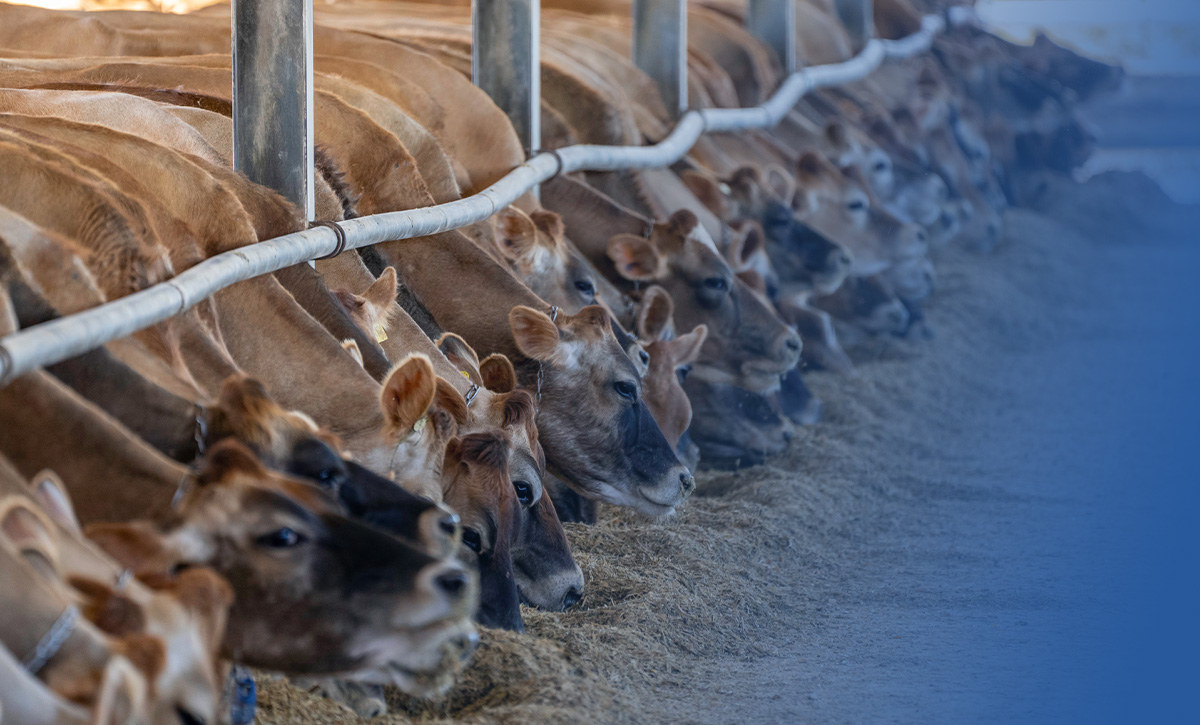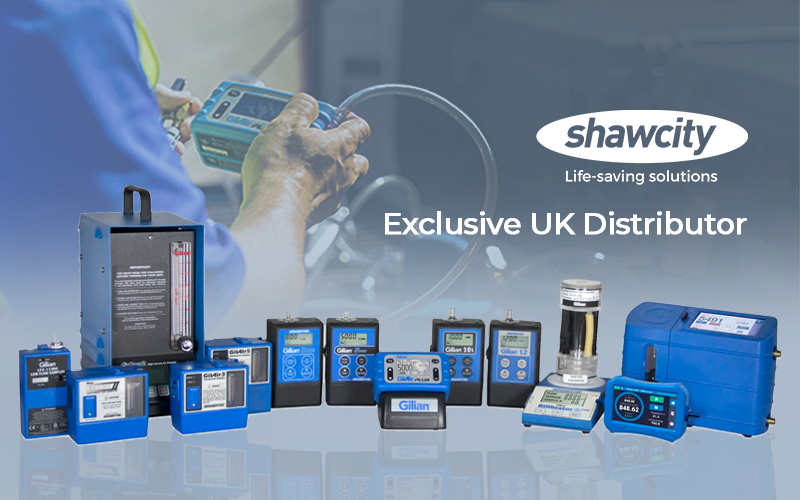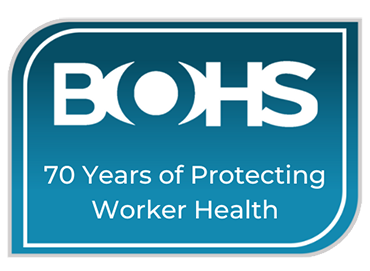The farming and agriculture sector plays an absolutely fundamental role in our lives, reliably bringing an array of crops, fruits, vegetables, dairy and meat products to our tables and businesses every day. However, due to the various processes involved, those working in this industry are also confronted by regular toxic gas risks, which can potentially have severe consequences.
Applications
Gas detection measures within farming and agriculture not only safeguard the working environment but also protect livestock, workers and visitors alike. Gas monitoring and measuring across these areas is complex due to the wide range of applications, including meat production, aquaculture, soil management, horticulture, slurry pits and storage facilities.
Methane
Methane (CH4) is a colourless and odourless, combustible gas, produced during the process of anaerobic digestion of organic material. Depending on the storage of manure, which undergoes anaerobic decomposition over long periods of time, the concentrations of the gases it produces vary.
Poorly ventilated spaces and higher temperatures can increase the amount of methane emitted and therefore the level of danger posed. If there is a lack of airflow, such as in covered buildings and barns, methane levels can build up. This can lead to explosive atmospheres or workers being overcome by methane which can often be lethal. However, when managed and stored safely, the gas can be harvested and used as fuel for agricultural equipment and engines.
Hydrogen Sulphide
Hydrogen sulphide (H2S) is another hazardous gas which is formed during the breakdown of waste matter and is often found within manure and slurry pits or silos. It is harmful because of its toxicity as well as its anaesthetic effects. The ‘rotten egg’ smell that is given off by H2S can be deceptive as the intensity of the odour lessens as exposure times increase. Oxygen concentrations are often reduced in these same locations, leading to asphyxiation in areas where levels are high.
At lower levels, if inhaled, H2S can cause headaches and nausea, fatigue, ear, nose and throat irritation, loss of appetite and stomach upsets. However, as levels increase the health impacts worsen with individuals experiencing severe nose, throat and lung irritation, an entire loss of sense of smell, fluid build-up in the lungs, bronchitis, and pneumonia and it can severely affect the functioning of the nervous system.
Ammonia
Ammonia (NH3) emissions are another dangerous gas released from processes within farming and agriculture. Ammonia is a volatile organic compound (VOC) and is commonly created when the matter within slurries, manure and nitrogen fertilisers hit the air. Ammonia concentrations are often high on poultry farms, where high concentrations may harm the animals as well as the people looking after them unless they are dealt with using measures including appropriate ventilation. Ammonium nitrate, used in fertiliser, is an oxidising agent which can help other materials to burn. In certain conditions, it can explode and give off toxic fumes.
Nitrous Oxide
Nitrous oxide, commonly known as laughing gas, is present within and is a by-product of synthetic fertiliser usage. These types of fertilisers are used to ensure greater crop yields, specifically within more intensive farming practices. When nitrogen fertiliser is used on soil, bacteria within the soil are fed and, as a result, produce more nitrous oxide. When the same bacteria runs into rivers and down into seawater, it also introduces nitrous oxide.
Nitrogen Dioxide
Nitrogen dioxide and carbon dioxide can be present in silage clamps, particularly under the sheeting. Nitrogen dioxide can cause permanent damage to the throat and lungs and can kill. It is heavier than air and can collect around the edges and walls of a silage clamp. Good ventilation will disperse these gases, but gases trapped under the sheeting will still be present so well-sealed clamp sheeting is vital.
Greenhouse Gases
Soil emits greenhouse gases such as carbon dioxide (CO2), nitrous oxide (N2O) and methane (CH4). The largest emissions are from CO2 as a result of respiration by soil micro-organisms from the decomposition of the active soil organic matter (SOM) pool. This active SOM contains carbon and is constantly being added when plants absorb CO2 from the atmosphere.
Gas Hazards
Undertaking a survey of an agricultural site and a competent person conducting a risk assessment are the first steps in understanding any areas of concern due to gas. The HSE website has information and advice on conducting risk assessments. Once any risk has been identified, steps should be taken to reduce the risk wherever possible, including introducing: Improved ventilation, safe processes for working in confined spaces or warning signs in areas where higher gas concentrations may occur, such as around slurry pits during slurry agitation.
Utilising gas monitoring equipment can ensure the presence of gases can be measured and monitored in certain areas where there is a known risk, therefore allowing appropriate actions to be taken.
Installing permanent, fixed gas sensors into spaces such as livestock barns, milking pens, or storage areas provides the opportunity for continuous monitoring without disruption to livestock or day-to-day work.
Portable and wearable gas detectors enable farm and agricultural workers to ensure they remain within safe working levels while working in certain environments where gas can potentially be present.
Monitoring Solutions from Shawcity
Specialising in personal, portable, and fixed gas detection, Shawcity can provide monitoring solutions for a wide range of applications. Contact the team today for more information, to discuss your requirements or to book your free site survey.
01367 899419
solutions@shawcity.co.uk

-1.png)









